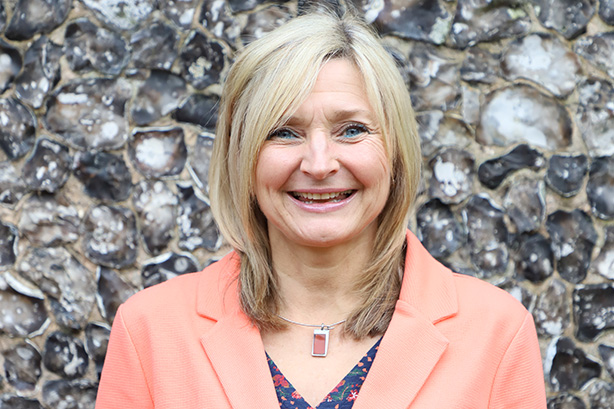
Occupational posture describes how we use our body to perform effectively at work. When our muscles are strong and flexible and we work in a balanced manner, taking adequate breaks to move and reset and managing stress through mindfulness, we become creators of our own wellness. We are mentally resilient, physically strong and perform at our best.
Unfortunately, in the majority of workplaces, this is not the case. Long hours sitting without moving and a lack of functional physical fitness lead to poor posture, weak core muscles and poor breathing techniques. Repetitive movement and muscular holding create neck, wrist and back pain, high stress levels and poor performance.
So, what do you need to know in order to change how poor posture affects your health and your employees’ health?
GET TO KNOW HOW YOUR BODY FEELS
As sports massage therapists we know that everyone experiences physical tension on some level. Trigger points are created to allow the body to compensate for our poor posture. Experiencing these points through massage treatments or by stretching creates awareness of holding patterns and imbalances.
In our wellbeing at work sessions, we are regularly approached by people who have ‘niggles’ with their shoulders, neck and lower back. Educating people to understand that neck pain may emanate from tight pectoral muscles in their chest and the rounding of their shoulders only takes a few minutes and can have a profound effect on a successful outcome.
STRETCH VS STRENGTH
Everyone wants to stretch their way out of aches and pains, citing the tight muscle as the root cause. However, in the majority of cases it is weakness in a particular muscle or muscle group that leads to aches and pains (though where there is overuse and inflammation this needs to be addressed first). Focusing on strength work will resolve the problem in many cases.
MOVEMENT FOR LIFE
It has been recently reported that sitting for hours at a desk impacts our fitness. Sedentary life is worse for us than smoking. Movement and fitness help to reduce incidents of heart disease and other major diseases.
Dr. Satjit Bhusri, a cardiologist at Lenox Hill Hospital reinforces what we know. “Sedentary, Western lifestyles have led to a higher incidence in heart disease and this shows that it’s modifiable. It is reversible,” he explained. “We’re meant to walk, run, exercise. It’s all about getting up and moving.” (Source: CNN)
FEELING BALANCED
The strength of our posture is relative to the strength of the muscles and muscle groups. When our posture is strong, everything flows (lymph, blood) within the body and that dynamic movement facilitates wellness.
THE SOLUTION
Ultimately there is no quick fix solution, we are, after all, changing behaviours. Start small, get moving and engage colleagues, recognising that strength and fitness is the key to postural wellness.
--
Top Tips
◗ GET MOVING
Simple, take regular breaks and stretch during the day. Use your wellness app to remind you to move and practice a one-minute breath meditation.
◗ WALK
Take the stairs, walk across the office, take 15 minutes at lunch and walk in nature – it’s great for the mind and body.
◗ GET ASSESSED
Ask for a ‘Fit to Sit’ assessment from Brighton Wellbeing Company to educate your people about a balanced sitting posture.
◗ OFFICE CHALLENGES
Getting others involved always makes change ‘fun’. Create a ‘plank’ challenge or walking challenge to engage your people to get involved.
--
Want to do more?
◗ Try a ‘Fit to Sit’ session at work
◗ Get a personal training session at the gym
◗ Book a physio appointment
◗ Try a Pilates class
--
Dynamic offer
20% OFF all bookings that quote DYNAMIC
To secure these prices, book before February 29th 2020
--
GET IN TOUCH
Want to know more about how to get your people ‘Fit to Sit’ then contact Brighton Wellbeing Company to learn more about fit to sit posture workshops and DSE assessments.
◗ brightonwellbeingcompany.com





